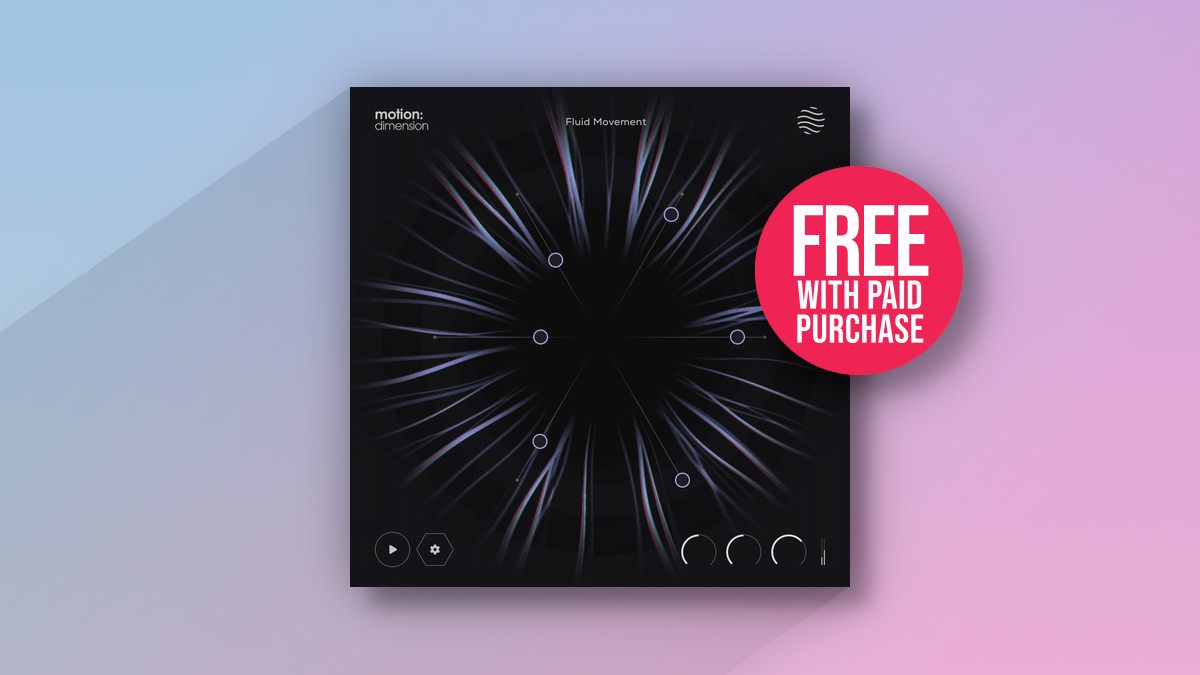5 Fundamental Software Synths Every Producer Should Own
As a musician, working with different types of synths can be a rewarding way to experiment with electronic music production and learn what’s what in the world of synthesis. There are a number of different types of synths to explore when working with hardware and software and it always helps to get an idea of how they work. Whether […]
The post 5 Fundamental Software Synths Every Producer Should Own appeared first on Point Blank’s Online Magazine.
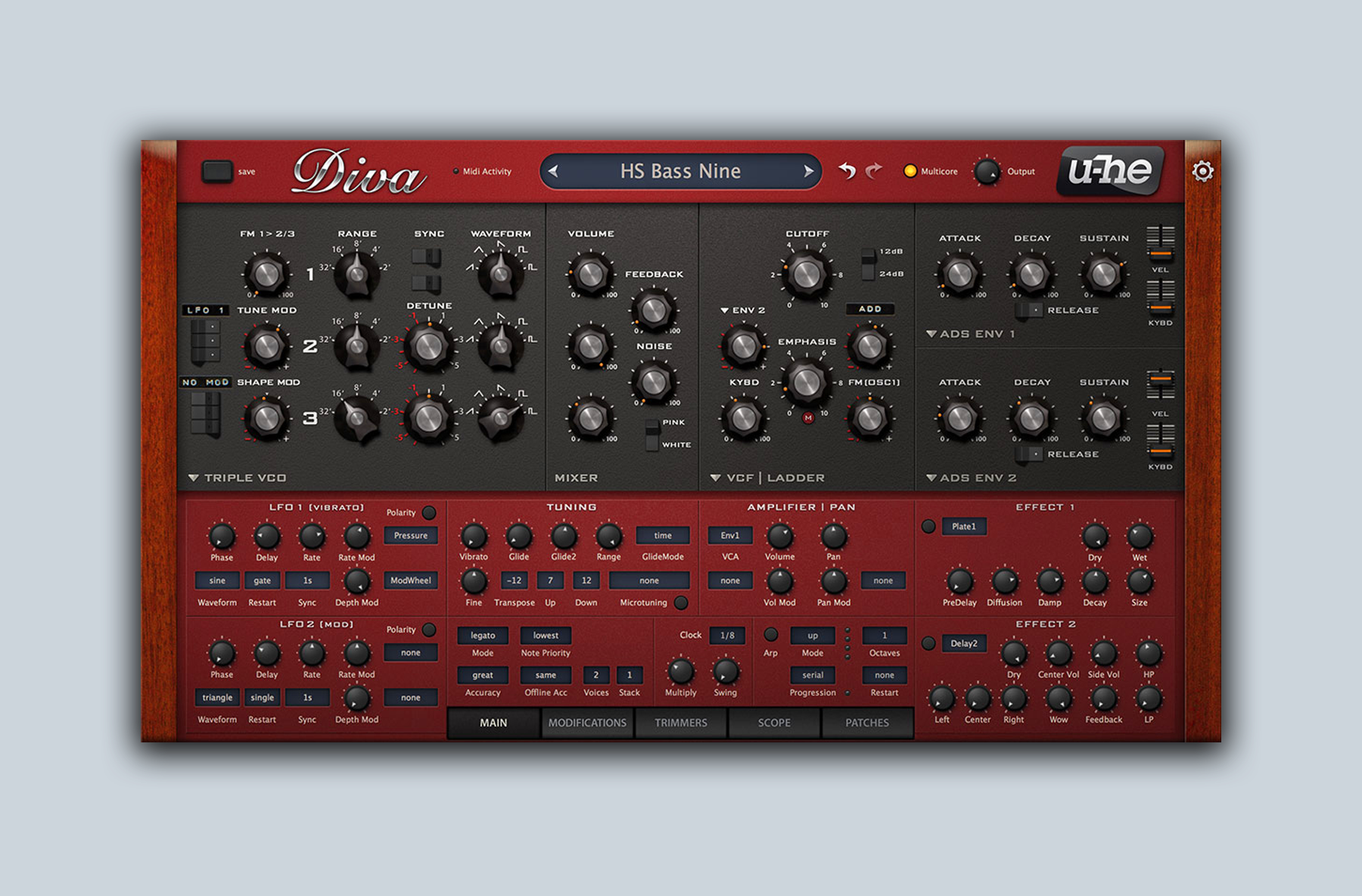
https://plus.pointblankmusicschool.com
As a musician, working with different types of synths can be a rewarding way to experiment with electronic music production and learn what’s what in the world of synthesis. There are a number of different types of synths to explore when working with hardware and software and it always helps to get an idea of how they work. Whether it’s subtractive, additive, wavetable or FM synthesis (to name a few) there are DAW plugins that are renowned for performing each type of synthesis excellently and we’re going to tell you which ones are best for the job and why they deserve a space in your armoury. This way, rather than owning countless plugins which perform similar functions, you can stock up on and master those with unique sonic characters.
If you’d like to get your hands on some fantastic software synths for free we regularly share our favourites. Check out our 10 Best Free Plugins of 2021 and be sure to follow the jumps to our previous ones. If you’d like to learn more about how subtractive, additive, FM and other types of synths work in more detail, why not enrol on a Point Blank course? We offer programmes which specialise in Music Production & Sound Engineering.
Subtractive (Analog Modelling)
The subtractive synth is traditionally the most commonly used amongst producers. It works, as its name suggests, by beginning with a rich sound source and removing frequencies until the desired sound is sculpted (subtracted). A subtractive synthesiser consists of an Oscillator, Filter, Amp and LFO. The way it works is by running a signal (sound) from the oscillator to the filter EQ and then onto an amp for ADSR (Attack / Decay / Sustain / Release) control. These types of synthesis are recognised as the origins of synthesis, having been derived from the early analog models.
Synth: u-He Diva (£179)
The epic sound sculpting tool, Diva, from u-He is a must-have for any producer looking for a powerful subtractive synth. It’s become so popular among producers due to its ability to capture the spirit of various analog synthesizers. Many of Diva’s components, including those in the envelopes, filters and oscillators, were modelled on some of the legendary monophonic and polyphonic synths of yesteryear and it comes equipped with over 1200 presets for you to experiment with.
Honourable Mention: Native Instruments Monark (£78)
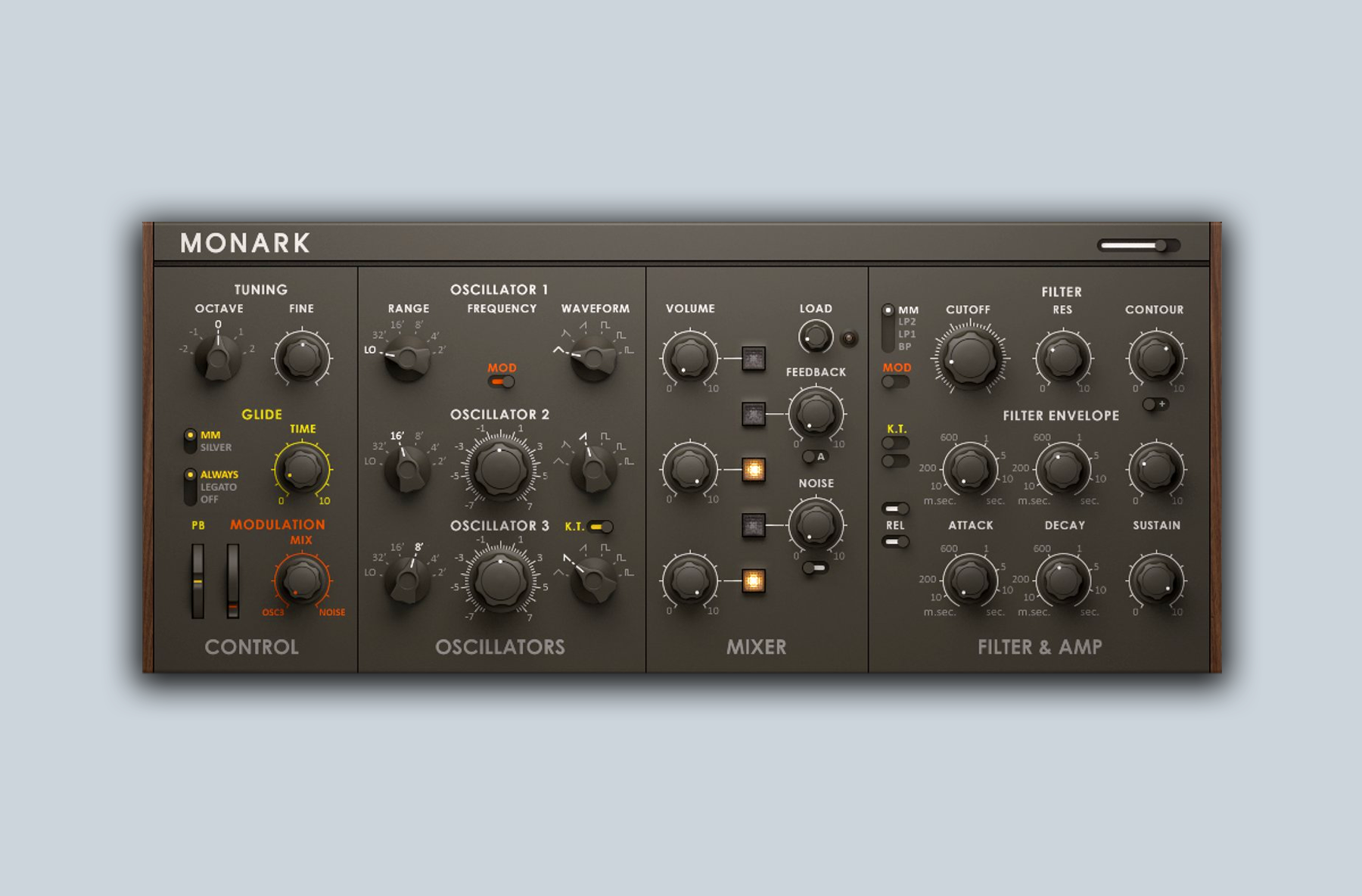
In addition to Diva, there are a number of fantastic synths that closely emulate analog hardware on the market. One, in particular, is Native Instruments’ Monark. This monophonic synth was modelled on the Minimoog Model D and is a great piece of tech for those looking to create bass and lead sounds with powerful tones.
Additive
Whereas subtractive synths work by sculpting a sound, chipping away at parts until the desired sound is created, additive synths combine different sine waves of different frequencies and levels until the desired sound is created. You start with nothing and build additional harmonics until synthesising the desired sound. Sine waves are the most commonly used in this instance, as they are regarded as the purest of waves with no unwanted harmonics, and when combined can be easily controlled. It’s interesting to note that most additive synths don’t consist of any filters (in the traditional sense) as these are sculpting tools, where additive sounds are essentially built from the ground up.
Synth: Native Instruments Razor (£78)
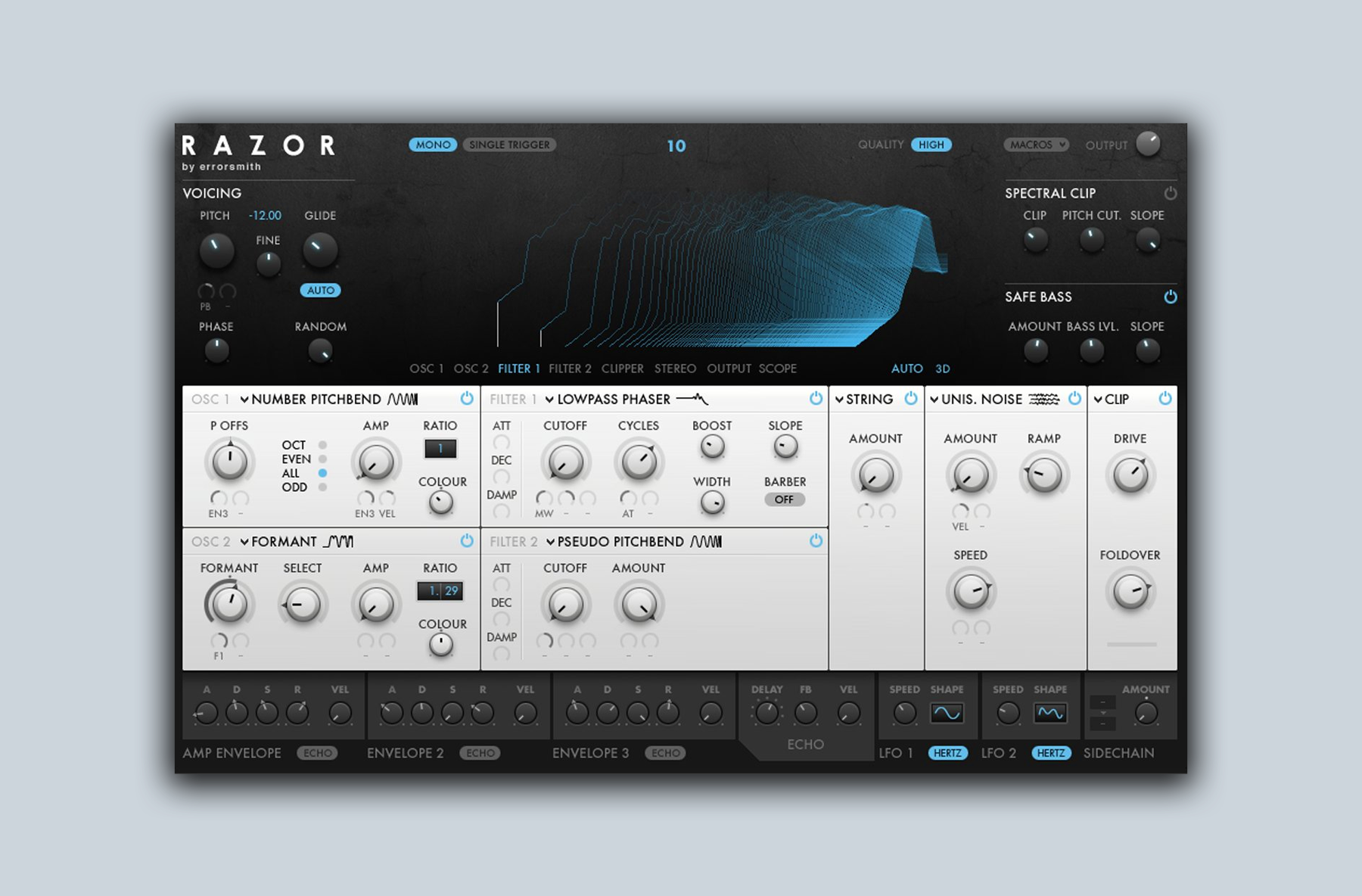
Native Instruments’ Razor is as sharp as it sounds. The cutting edge soft-synth is an additive synthesis dream as it consists of up to 320 partials with a sound that remains crisp and clear even when it’s heavily modulated. It’s always good to include an additive synth into your load up as they’re ideal for nerve-shredding basslines, evolving leads and harmonically rich sounds and also works wonders across a variety of genres and styles. The filter section within this synth isn’t a filter in the traditional sense, and actually manipulates how individual waves are generated rather than subtracting them away like other filters.
Wavetable
Wavetable synths were originally designed primarily as hardware digital synths, so although these shouldn’t be used to try and emulate natural instruments they work extremely well at producing bells and pluck style sounds. Wavetable synthesis exists more predominantly now in the realm of software synths and is created using complex oscillators which let sounds cycle through waveforms over time. This can sound harsh depending on the speed of the oscillation but if tweaked to perfection the sound can gracefully glide between producing a much smoother sleeker result.
Synth: Serum (£149)
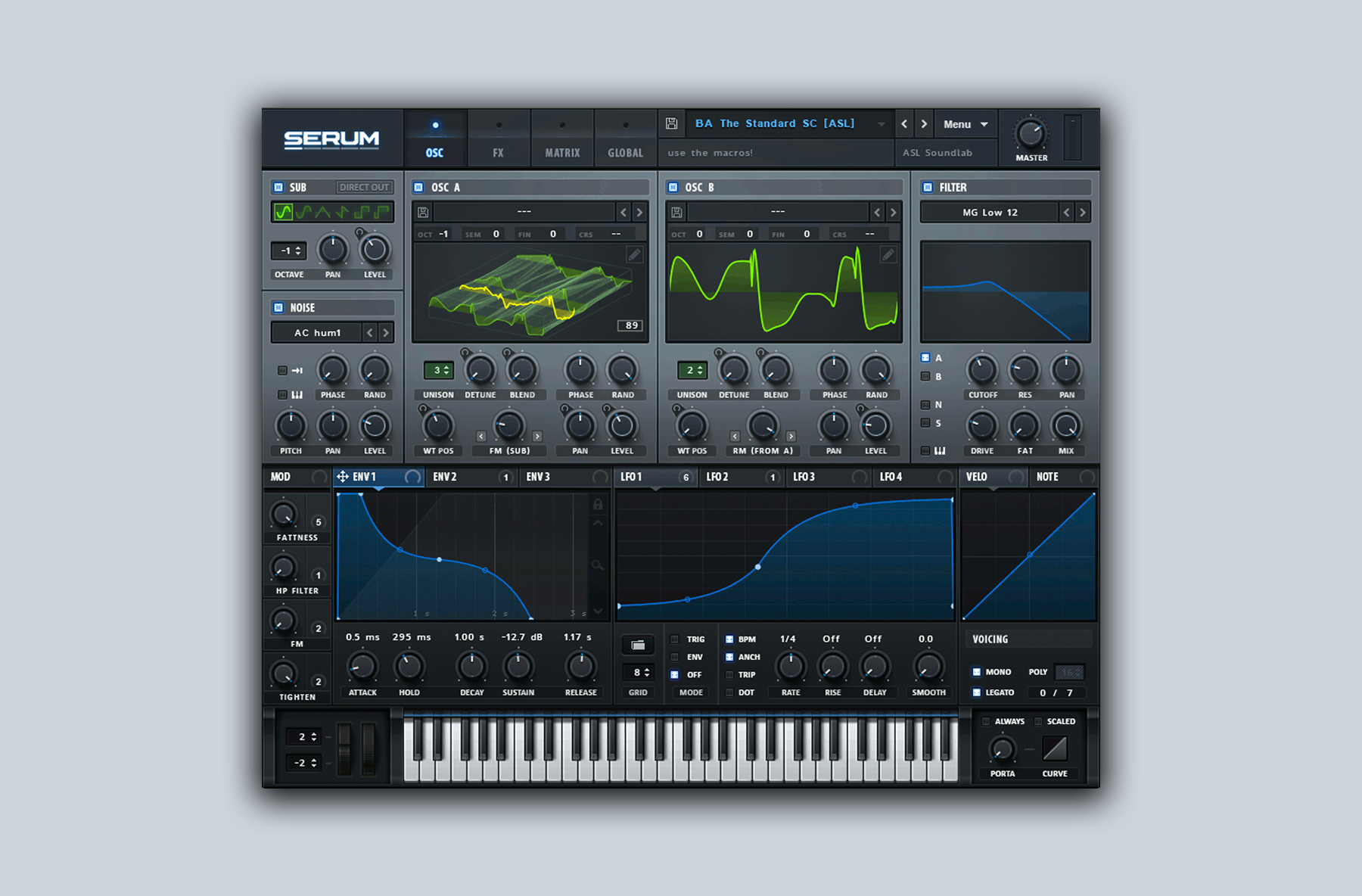
Even if you’re a newcomer to producing electronic music, it’s likely you’ve come across soft synths such as Serum, Massive and Pigments and, if you’re an Ableton user, you’ve most likely experimented with their newly introduced wavetable synth. Serum is one of the most popular on the market and for good reason. As well as many of its standard features, the synth includes the option for users to import their own audio to use as a custom wavetable, which can be manipulated on playback in real-time. Serum is also renowned for its ability to create incredibly detailed sounds. This is thanks to its aggressively optimised oscillator which allows for high-quality playback and reduces the number of artefacts (unwanted tones/frequencies crowding the mix) in the sounds with an immense unison engine. Another bonus to Serum’s popularity comes in the form of the countless patches, packs, tutorials and more – many of which are created by some of the biggest musicians in the business.
Honorable Mentions: Massive / Pigments
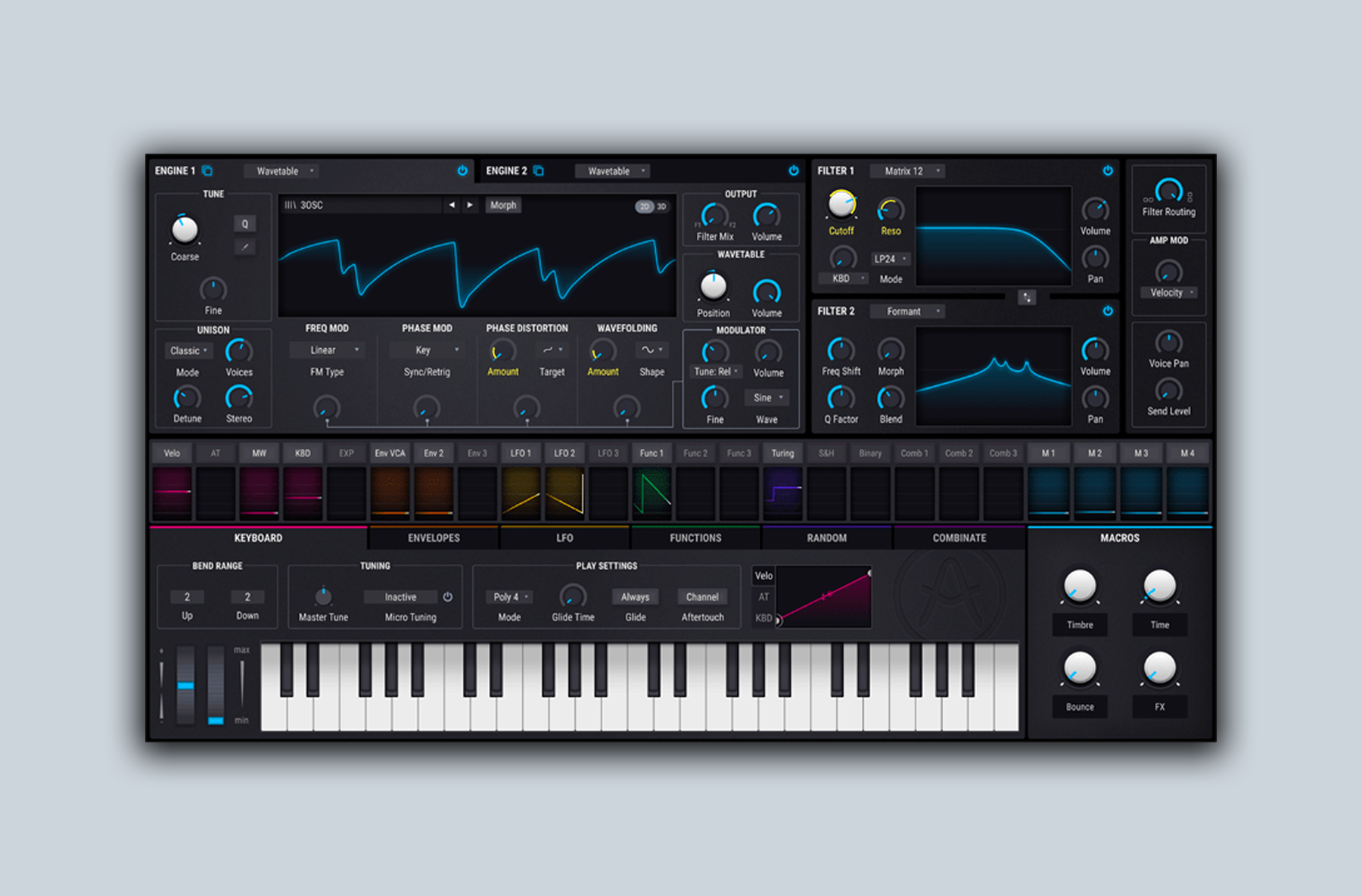
As mentioned previously, there are lots of great wavetable synths available. Many producers, it seems, like to include Massive as well as Serum in their arsenal as the quality of Native Instruments software is always very high. Arturia’s recently released polychrome software synthesizer, Pigments, is another great tool to explore. Pigments initially impresses with its gorgeous and simple layout which keeps everything that’s happening locked in focus. The synth features a twin audio engine that lets you mix virtual analog and wavetable oscillators to create the perfect starting points for your patch. Learn more about it and try before you buy here.
FM (Frequency Modulation)
Frequency Modulation is created when one wave is used to modulate the frequency of another. The character of the sound generator (carrier) can be altered depending on the frequency of the oscillation of the modulating element (modulator) controlling it and can create some very detailed experimental sounds.
Synth: Native Instruments FM8 (£120)
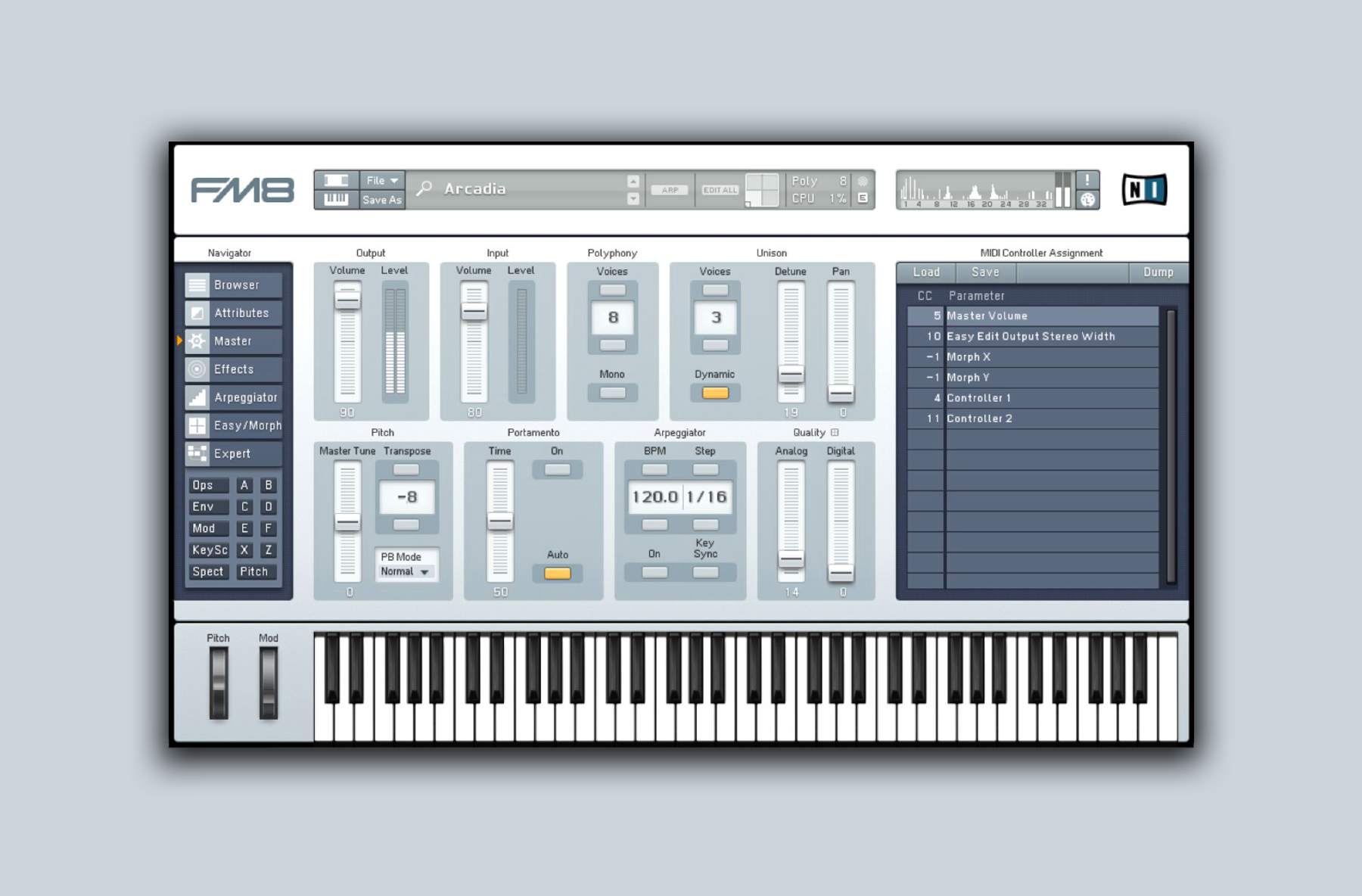
The FM8 is one of the most powerful soft synths available and is widely championed for the quality of its sound, selection of beautiful presets, arpeggiators and more. The FM8 was created with simplicity in mind making the intricate process of FM synthesis more accessible for the user.
Sample-Based
This style of synthesis differs quite substantially from those listed before as it doesn’t rely on oscillators to create and modulate the waves. As the name implies, Sample-Based synthesis relies on recorded sample sounds spread across a keyboard and then pitch-shifted to sound like different notes. Zones are usually required, which span around five keys as, once a sample is pitched much further than this, it becomes less organic sounding. These types of synths are a must-have in your set up as they’re designed to manipulate audio and can yield fascinating results, from real instruments to otherworldly textures, quickly.
Synth: iZotope Iris 2 (£120)
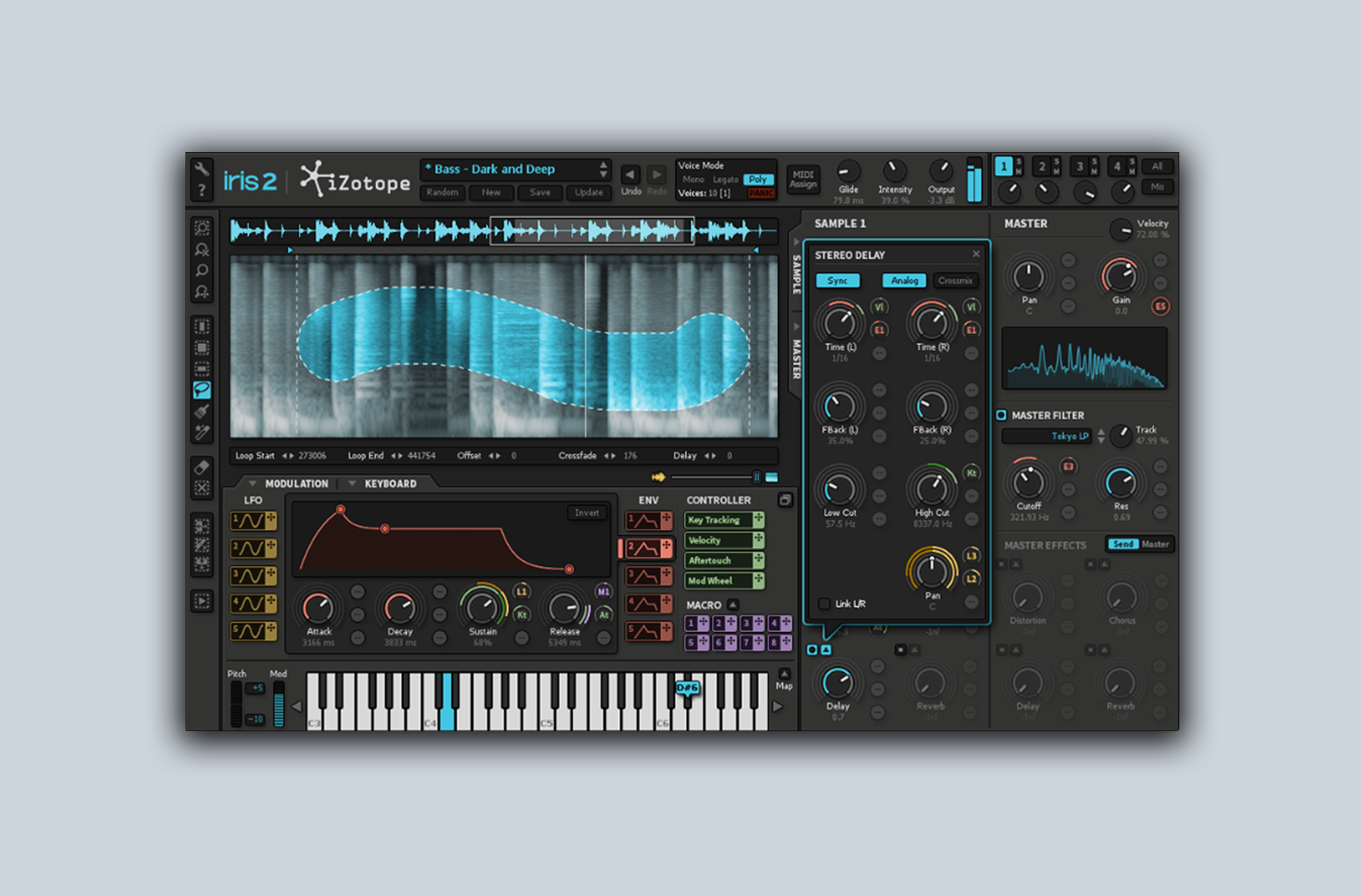
Described as a “virtual canvas for your audio”, Iris 2 has the ability to mix up to four different audio files at once, including instrument samples, found sounds, synthesiser waves and more into almost limitless combinations. The way audio is manipulated on this synth is one of a kind. Its spectrogram interface allows the user to paint in various filters unearthing a world of sounds and possibilities. It also features an epic library of sounds, so when you’re getting to grips with the synth there are lots you can experiment with.
Learning to use these bits of software can sometimes be tricky to do alone. That’s why we offer a range of different courses which can teach you the ins and outs of Music Production and Sound Design.
Register to Access Free Courses, Plugins, Projects, Samples & More
When you register with Point Blank, you access an array of free sounds, plugins, online course samples and much more! Simply register below and visit our Free Stuff page to get your hands on a range of exclusive music-making tools and tutorials provided by the team. Fill your boots!
The post 5 Fundamental Software Synths Every Producer Should Own appeared first on Point Blank’s Online Magazine.
This is a syndicated post. To read more, click the source link above.



